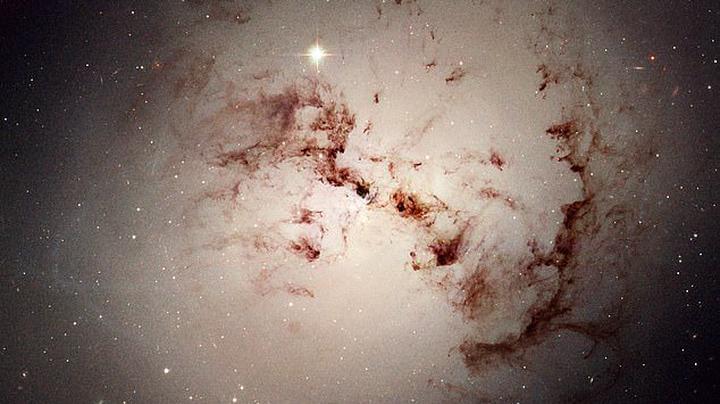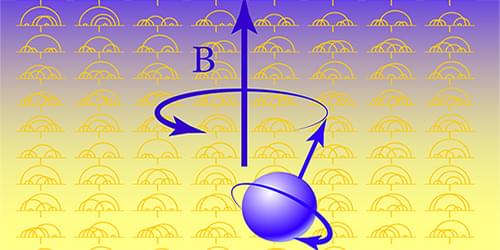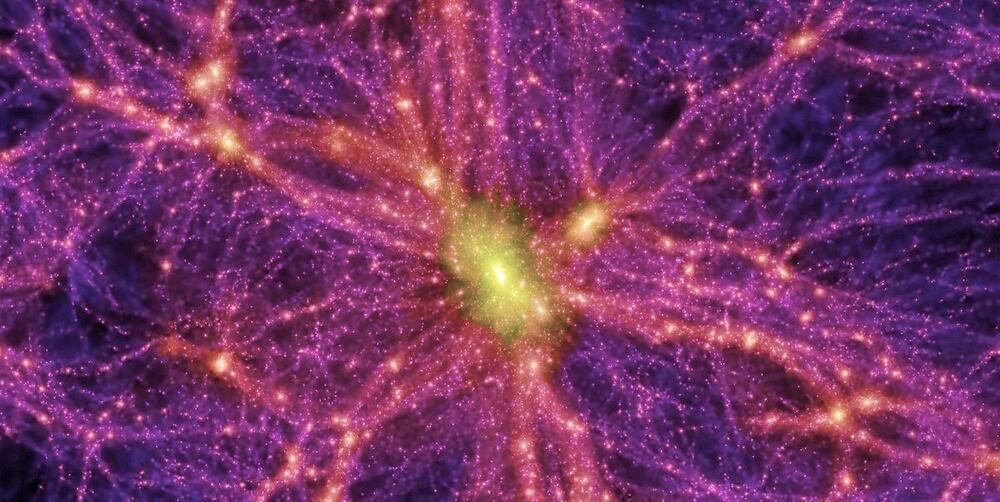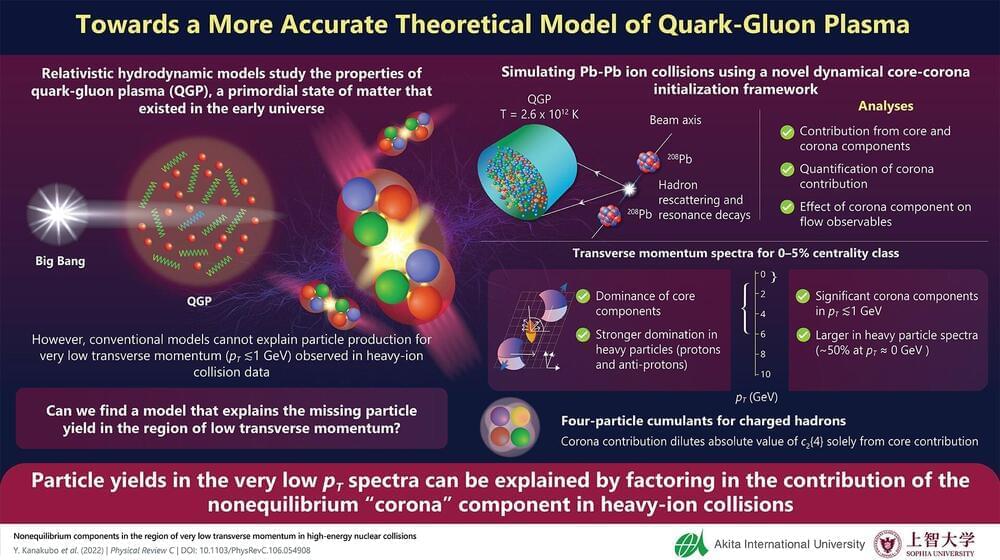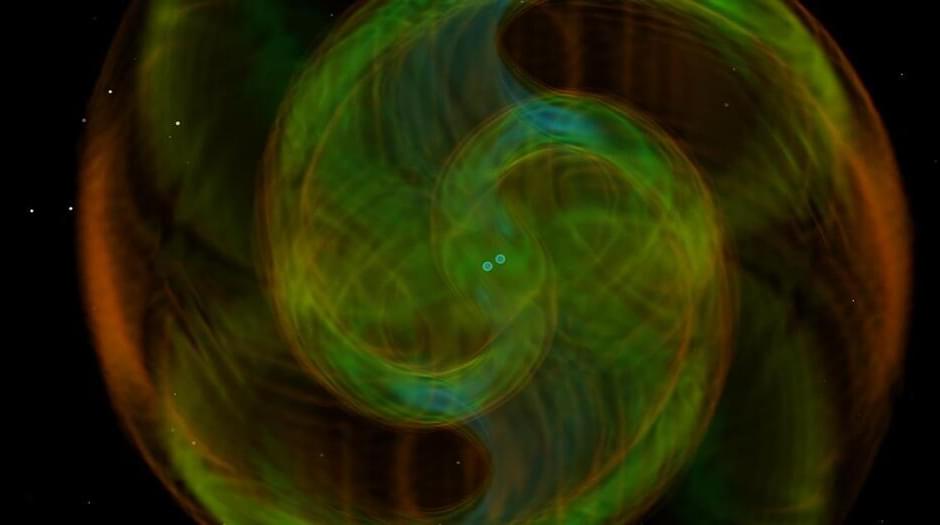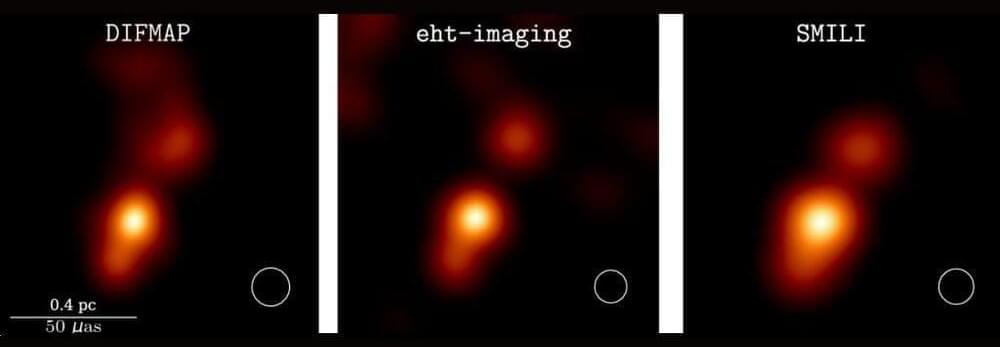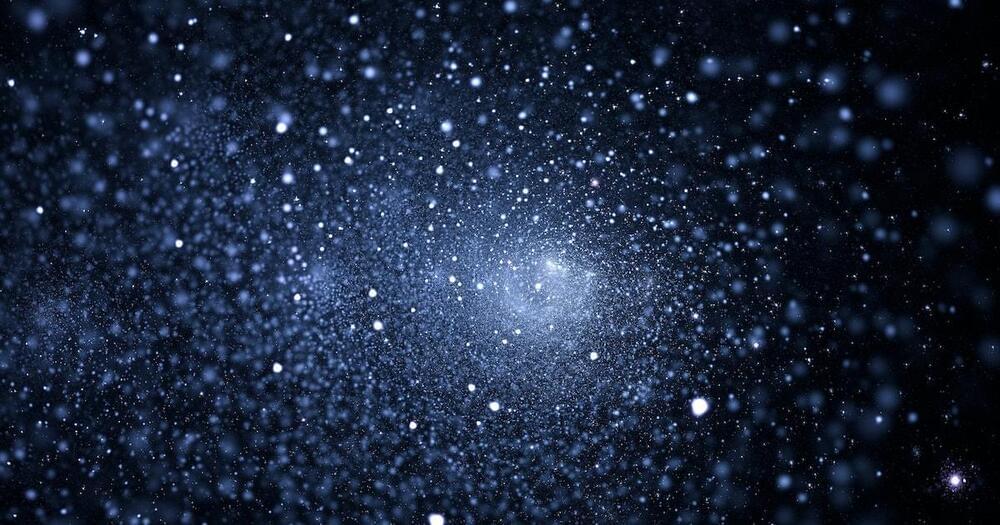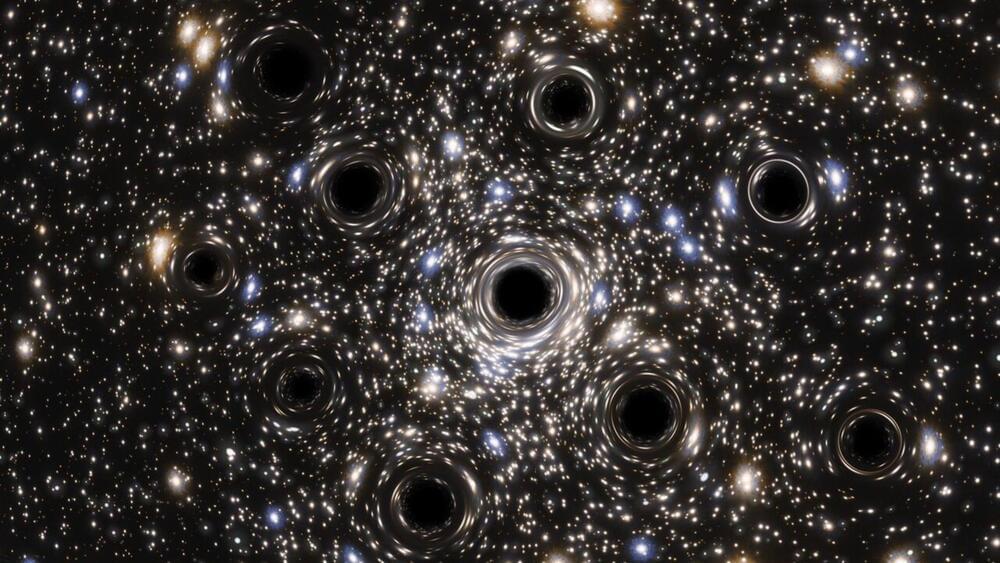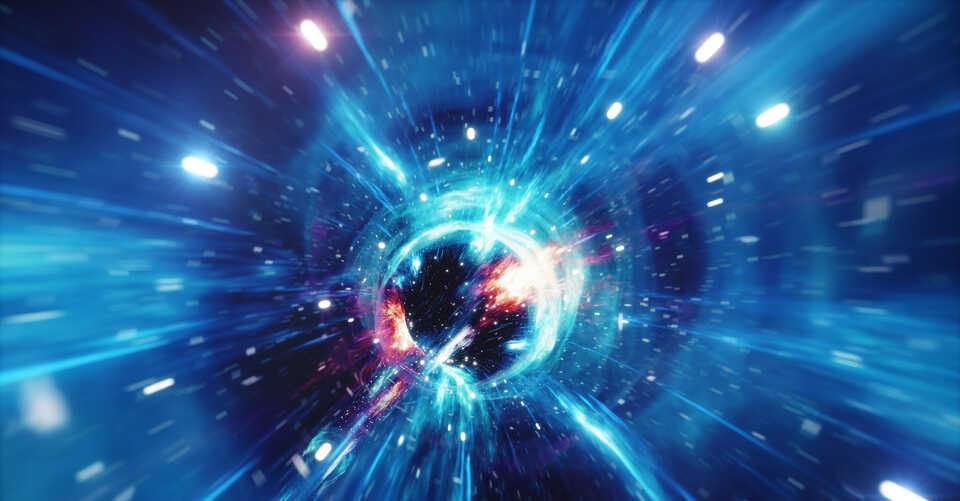Feb 15, 2023
Has the ‘missing’ 70% of the universe FINALLY been found? Scientists find first evidence that black holes are the source of mysterious dark energy
Posted by Paul Battista in category: cosmology
Source of Dark Energy is black holes combined with Einstein’s gravity — experts Result potentially means nothing new has to be added to our picture of Universe It makes up most of the universe, yet hardly anything is known about the so-called Dark Energy that envelopes us. The unusual ‘something’ – one of the great mysteries of cosmology – is believed to be an unknown force that is pushing things apart more strongly than gravity and causing the universe’s expansion to accelerate.
